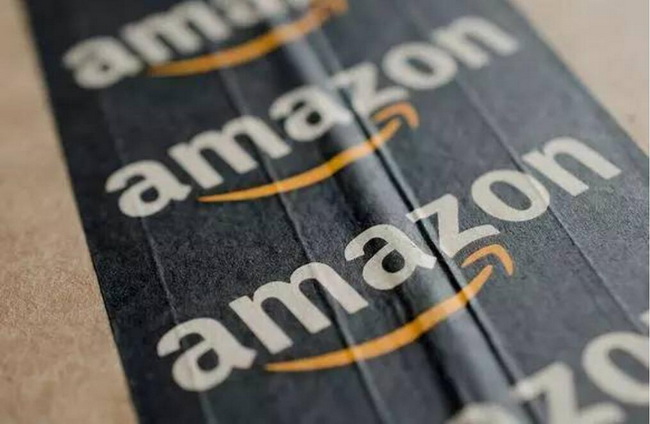
Today’s Catalogue – Worth a Peek
In 1888 Richard Sears sent out a printed mailer advertising watches and jewelry with a guarantee to keep the watches running "in perfect order free of charge for six years". Over the years the now famous Sears catalogue expanded adding new products and then in 1896 the catalogue offered both a spring and fall edition. In the 20 years that Richard Sears ran the business it continued to expand eventually offering everything from sporting goods to eye glasses (complete with a self-eye test in the catalogue).
When Amazon.com first opened their virtual doors as an on-line retailer it was easy to see the parallel to the Sears Catalogue Store. On-line consumers could hunt through a web browser catalog clicking on products they wished to purchase. Being able to offer a full line of products in a virtual store without having to provide physical facilities is brilliant. Both types of catalogues bypass the cost of owning a physical store bringing a huge cost advantage. However, deeper insights reveal other competitive advantages that, while not initially apparent, are equally powerful. As you examine the following list ask yourself, "Could we exploit any of these in our business?"
1. Cash Flow: Consumers give Amazon their money upfront before the goods are received and, importantly, before Amazon needs to pay their suppliers meaning customers effectively finance the inventory. Contrast this to a traditional retail outlet that must finance their inventory paying interest on the borrowing costs. These costs add no value to the products but can eat up to 1/3 of the profit.
2. Quick expansion: Because Amazon does not finance their inventory store expansion is much easier and faster than in a traditional retail operation that needs to borrow money not only to build facilities but to stock the store as well.
3. One central store location: One centrally located warehouse can dispense goods across the country. Locating near a busy airport (or train station in Sears' case) provides the ability to quickly transport items.
4. Low rent: On line and catalogue stores don't need to rent high value real estate since the shopping experience isn't at the store itself. They can locate their facilities in an industrial district where rents are much lower than retail space.
5. Reduced inventory, wider selection: Since customers expect to wait for their goods Amazon.com can offer products on-line that they don't stock in their on-line store. Amazon started selling books and Sears sold watches but both quickly expanded into other product areas where their customers showed interest. Both Sears and Amazon effectively became brokers rather than retailers.
6. Merchandizing: Since Amazon is a virtual store there are no empty shelves.
7. Data Collection: Amazon can track a household's purchases targeting specific households with special offers depending on their past shopping habits.
Competitive advantage is often found in areas that aren't always obvious. That's what good strategists do - they look beyond the obvious! They see what everyone else has seen before and think what no one else has thought before. If Amazon had not recognized the "other" areas of competitive advantage they would not have been able to exploit them so successfully. Look beyond the obvious - find new areas of competitive advantage!

 沪公网安备 31011502013770号
沪公网安备 31011502013770号